HfP in the Seychelles: Let’s start with how to get there
Links on Head for Points may support the site by paying a commission. See here for all partner links.
Over the next week we will be publishing reviews of three Hilton resorts in the Seychelles: the new Canopy Seychelles (review here), the new Waldorf Astoria Platte Island (review here) and Mango House, an LXR Hotel (review here).
The three reviews showcase properties at different ends of the scale, from the four-star Canopy to the exclusive Waldorf Astoria on its own private island.
Before that, I want to look at the logistics of getting to and from the Seychelles and what you should expect from this small island nation.
Where is the Seychelles, anyway?
Let’s start with the basics: technically in Africa, Seychelles is a collection of islands in the middle of the Indian Ocean. It is more remote than the Maldives: the nearest large land mass is Madagascar, over 1,000km away. The nearest point on the African mainland is Mombasa, around 1,700km away. Basically, it is in the middle of nowhere.
Officially there are 115 islands. The largest island is Mahé, home to the main international airport and the base for Air Seychelles and a full 85% of the country’s population. Other ‘big’ islands include Praslin and La Digue.
The islands were discovered, uninhabited, in the 16th century when they were encountered by European explorers. Ownership was wrested between France and the UK before coming under full British control in the late 18th century. The French influence is still very present with both French and Creole being official languages, in addition to English.
Since declaring independence in 1976 the Seychelles has become one of the most affluent African nations. It has the highest per-capita GDP and the top Human Development Index score of any African country.
When is the best time to visit the Seychelles?
Its position just below the equator means that it is always tropical, and the year is divided into two seasons.
The dry season runs from May to October and features generally cooler, less wet weather, with temperatures around 28°C during the day and dropping just a few degrees to 26°C at night. It is generally windier during the dry season: we found the breeze quite pleasant, although it does make landings into Mahe Airport a little bumpy.
The wet season runs from November to April, with January and February the wettest months. It’s a few degrees hotter at this time of year, up to 32°C during the day.
Interestingly, the high season to the Seychelles is during the wet season because those in the Northern Hemisphere are on the lookout for winter sun. I went in July and found it exceptionally pleasant: not too hot but still largely sunny, with a few brief rain showers and a pleasant breeze. It is comfortable enough that you can eat outside both day and night.
Going in the low/dry season also means that hotels and resorts are quieter.
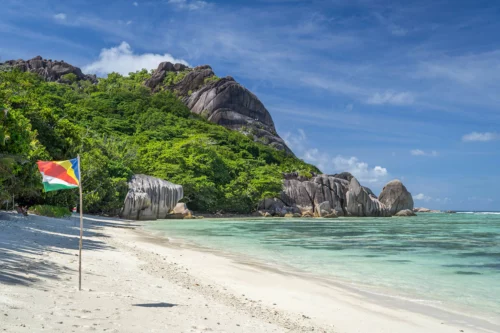
Getting to the Seychelles from the UK
Unfortunately, there are no direct flights from the UK to the Seychelles.
British Airways operated a direct flight from 2018 until 2020, when the pandemic put an end to it.
There are a few options when it comes to one-stop flights from London:
- Emirates (review here) operates two daily flights from Dubai to Mahé Airport on its Boeing 777 (flight time to/from Dubai 4:40)
- Qatar Airways (review here) operates a single daily Boeing 777 flight from Doha (flight time to/from Doha 4:45)
- Etihad (review here) operates an A320 from Abu Dhabi to Mahé every Thursday and Sunday (flight time to/from Abu Dhabi 4:30)
- Ethiopian Airlines (review here) operates a 737MAX to Mahé every day from Addis Ababa (flight time to/from Addis 3:50)
- Air Seychelles flies to Johannesburg every Tuesday, Friday and Sunday on an A320 (flight time to/from Jo’burg 4:55)
- Kenya Airways flies to Nairobi every day on an Embraer E190 (flight time to/from Nairobi 3:15)
Whilst British nationals do not need a visa to enter the Seychelles, you do need to pre-register with The Seychelles Electronic Border System: this costs €10 for the standard application (you can pay more to expedite it). You’ll need your passport details, a photo, your contact information and trip information (flights and hotel bookings). The Seychelles Government website seems remarkably digitally savvy and mine was approved within 24 hours.
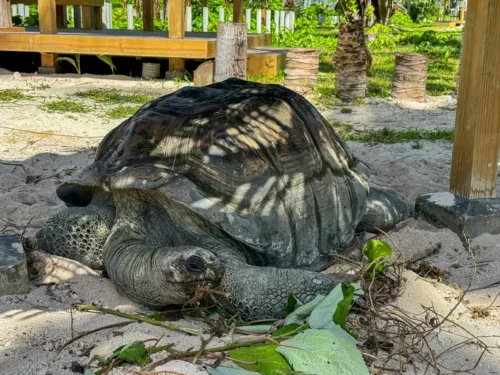
Other reasons you should consider the Seychelles
The Seychelles should be at the top of anyone’s list looking for alternatives to the Maldives. Although you won’t find as many atolls with luxury resorts here, there are still a lot of top-notch hotels and resorts spread across the main islands, as well as some on private islands (such as the new Waldorf Astoria Platte Island).
It is also one of the more LGBT-friendly countries in Africa, certainly when compared to the Maldives which has punitive laws governing homosexuality.
Wherever I went, I found the Seychellois were a very friendly and welcoming people, both in and out of the resorts.
Stay tuned for my hotel reviews which we will publish this week.
EDIT:
Review: Canopy by Hilton Seychelles Resort is now live
Review: Waldorf Astoria Seychelles Platte Island is now live
Review: Mango House Seychelles is now live



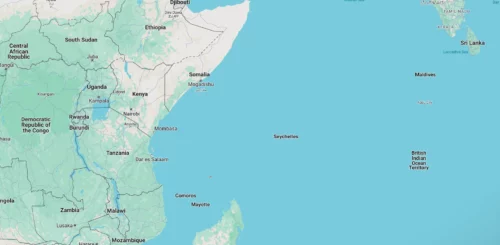
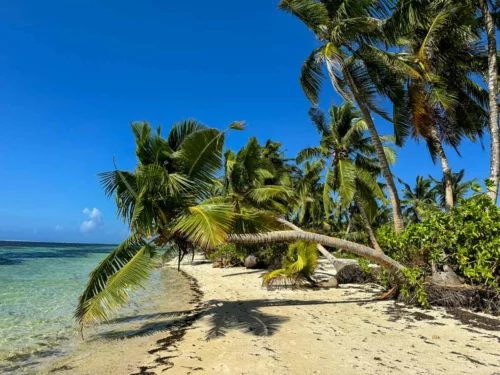
 Rhys
Rhys 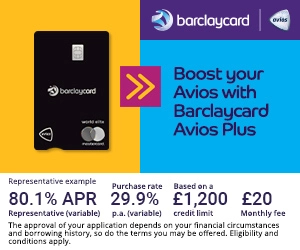





Comments (40)